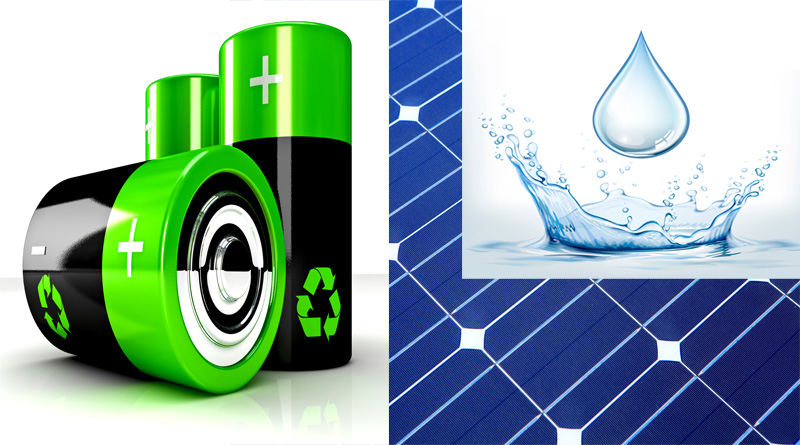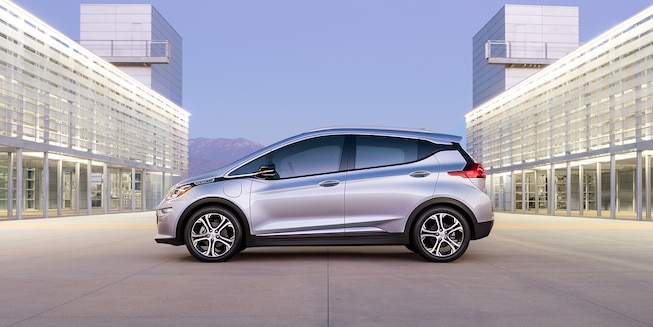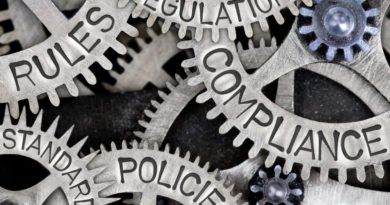Global Round up. Water, batteries and the world’s largest solar plant

Here’s our weekly roundup of the big news in global renewables and sustainability.
- CATL Soars on Trading Debut
Shares of the world’s biggest maker of electric-vehicle batteries, Contemporary Amperex Technology Ltd., jumped on their trading debut as investors bet on rising demand for new-energy cars worldwide.The company saw its share prices rise by 44 percent to $ 5.65 (36.20 yuan) which valued the company at $ 12.3 Billion. CATL, which counts carmakers Nissan Motor Co., Hyundai Motor Co., Volkswagen AG and BMW AG as clients, last year overtook Panasonic as the world’s largest supplier of EV batteries by sales, thanks to increasing domestic demand.CATL has said it will use the proceeds to help finance a new 24 gigawatt-hour factory at its home base of Ningde, Fujian Province, and to develop next-generation battery technologies. CATL is supplying its cells to a slew of new cars being introduced by global auto majors in China, including Toyota Motor Corp. and commission another battery factory in Germany as a part of its push into the European market.
2.GM and Honda sign an accord to develop batteries for EVs

General Motors and Honda have signed a deal to collaborate on battery development for electric vehicles in the bid to push the plans of both the companies for all electric vehicles. The deal will involve the development of battery components including cells and modules, with the ulterior motive of expanding the advanced technology alliance between the North American and Japanese companies.
They will aim to improve battery performance, by increasing the range and durability and decreasing the charging time, based on GM’s next generation battery technology. The multi-year agreement will hope to provide better and more sustainable solutions for customers and zero emissions vision.
3. Australian solar plant to have world’s largest power storage capacity
A $1 billion solar energy project in Australia will employ one of the biggest power storage facilities in the world, with Japanese and Western companies contributing funds. A 250-megawatt plant in the state of South Australia will use a 100MW lithium-ion battery storage system.
Tokyo-based JERA, has signed on with Fluence – a U.S. energy storage technology company under Germany’s Siemens and Australian renewable-energy outfit Lyon Group. The trio will construct three solar power plants that will together be able to generate 550MW when all are online by the end of 2019 and supported by 2 largest lithium-ion batteries in the world. JERA is expected to contribute more than 10 billion yen ($91.4 million) to the project.
- Recapturing the water losses of thermal power plants.
If you thought, renewables are taking over the world, think again. ‘Dirty’ old thermal still rules in places like India, with over 60% share of power generation. Thus, the news that scientists have developed a low cost solution to recover quality water from the cooling towers of thermal plants is certainly very promising.
The findings, shared in the journal Science Advances, talks about a technique by which the water being lost through evaporation or plumes through the cooling towers can be harvested by using electric charges. This charges the water droplets, which can then be drained down into a container using a mesh of wires. This would be pure water, good enough to drink. A typical 600 MW power plant could ideally capture over 550 million litres of pure water in a year. For a country like India, where thermal dominates and all the cooling requirements for water come from fresh water sources, this technology could be boon, as it recaptures 20-30% of the water lost.
At a time when water stress for most areas is becoming common place. Certainly one technology to track and adopt, if possible.
copyright:iamrenew.com




